For the past century, many Canadians fleeing the bitter cold of winter have enjoyed Cuba’s favourable climate, beaches, colonial architecture and distinct cultural history. Although relations between Cuba and the United States deteriorated rapidly after the Cuban Revolution, Canada still had a strong bond with the island nation, so much so that former leader Fidel Castro flew to Montreal to serve as a pallbearer at the state funeral of his longtime friend and ally, Pierre Trudeau. Today, more than one-third of annual visitors to Cuba are Canadian.
The first time I visited Cuba was on an inaugural circumnavigation by an international cruise ship in 2013. We visited various ports, many filled with wide-eyed islanders who had not seen a large passenger ship for nearly half a century. At that time, using the Internet to look for accommodation and make bookings was difficult.
But just a few years later much has changed.
After landing in Varadero, we drove along the main Via Blanca, carved through dense tropical forest, and crossed the spectacular Bacunayagua Bridge that spans a deep canyon and the Yumuri valley, some 360 feet below. Near the lookout are several souvenir shops, a restaurant and an open-air bar serving only one drink… delicious Pina Coladas made from fresh pineapple and rich coconut cream. The barman handed us the rum bottle so we could decide how strong we’d prefer this tropical elixir. A wonderful welcome!
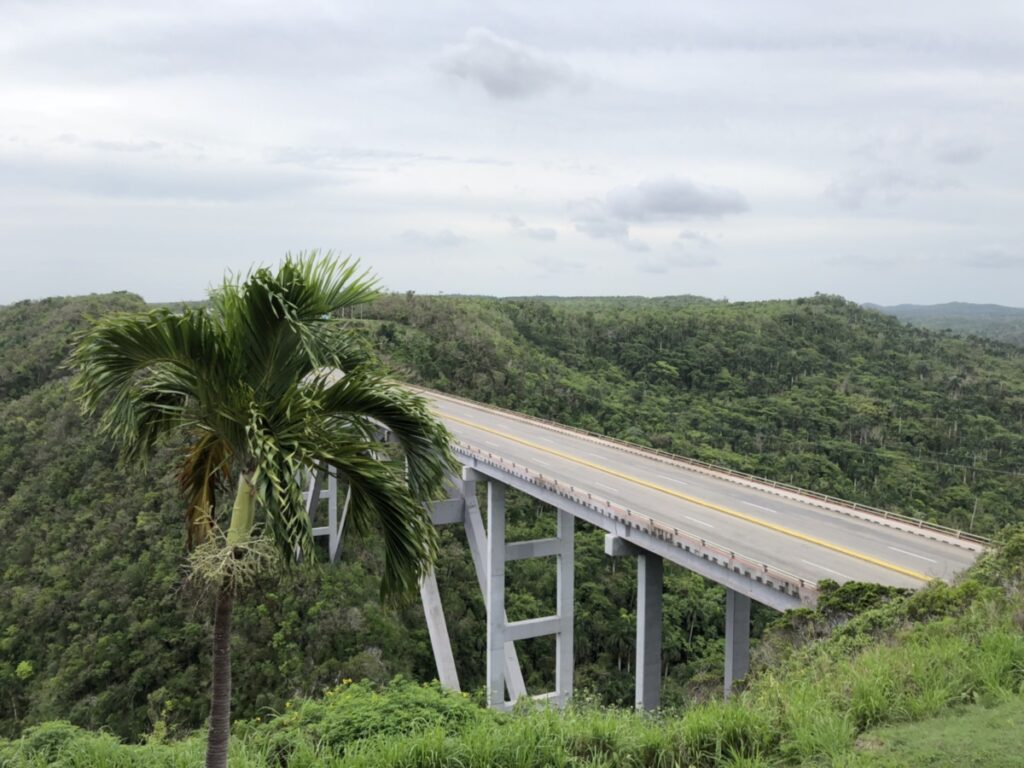
In Havana, it was impressive to see how the historic city has come alive since my last visit. Back then, much of the Old City and the major national buildings were either in a state of disrepair or wrapped in scaffolding. The famed 87-year-old Hotel Nacional de Cuba, an important symbol of the area’s history, culture and identity, has played host to many international celebrities and dignitaries, from Churchill to Sinatra. When I last saw her, the grande dame overlooking the harbour, seawall and city was looking rather tired and unkempt and in need of a major facelift. Today, the interiors have been renovated to bring back some of the former elegance and the spacious grounds have undergone improved landscaping. But this is only a scratch on the surface as much of the city is still in dire need of revitalization and the funds to prevent much of the colonial architecture from falling into irreversible states of disrepair.
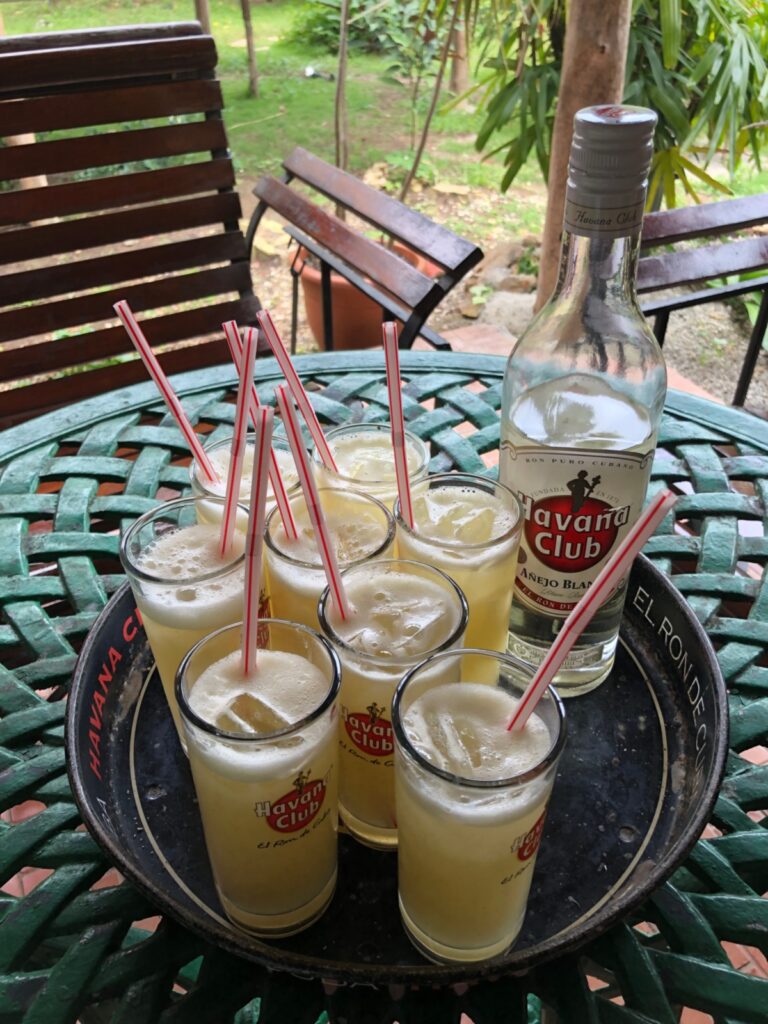
Relaxing under an aged banyan tree at the hotel’s outdoor Creole La Barraca Restaurant conjured up images of Hemingway’s sojourn in Havana as surely not much has changed, especially the limited food distribution and menus. I was served a modest portion of overcooked shrimp sitting on a bed of shredded cabbage with a dollop of Thousand Island style dressing, a drizzle of mayonnaise and ketchup, and a lime wedge garnish. To my surprise, a fish filet was decently grilled but was thrown together with the constant duo of rice and black beans and a few morsels of boiled pumpkin garnished with coconut shards. I felt like going into the kitchen to give a food styling class, but the meal was comforting and satisfying. On an island surrounded by tropical waters filled with seafood, I was also amazed that my fish was from Egypt… so much for local sourcing and sustainability!
With the government’s arms now open for tourism dollars and the creation of a tourism department, international hotel chains have emerged, bringing investment and opening new properties to keep pace with the demand of the country’s expanding hospitality sector.
The beautiful and tranquil Hotel Parque Central, built in 1877, is surrounded by historic buildings including the Gran Teatro de la Habana, the elaborate Inglaterra Hotel (soon to be reopened by Marriott) and the newly opened luxurious Gran Hotel Manzana Kempinski, housed in the former Manzana de Gómez, an early 20th-century building that was Cuba’s first shopping mall.
The Parque Central is comprised of two historic buildings whose original Colonial and Belle Époque facades have been saved and new construction built within. The renovation captures the elegant ambiance of the former space, with an airy, greenhouse-style lobby and lounge (complete with a cigar trolley!), designed around lush foliage and water features.
The rooms have been modernized with air conditioning, comfortable beds and linens, fully equipped bathrooms and wifi. I felt rather uncomfortable as the majority Cuban homes lack what many of us take for granted as everyday comforts, and because I know how much the major hotels are charging compared to what their staff wages are.
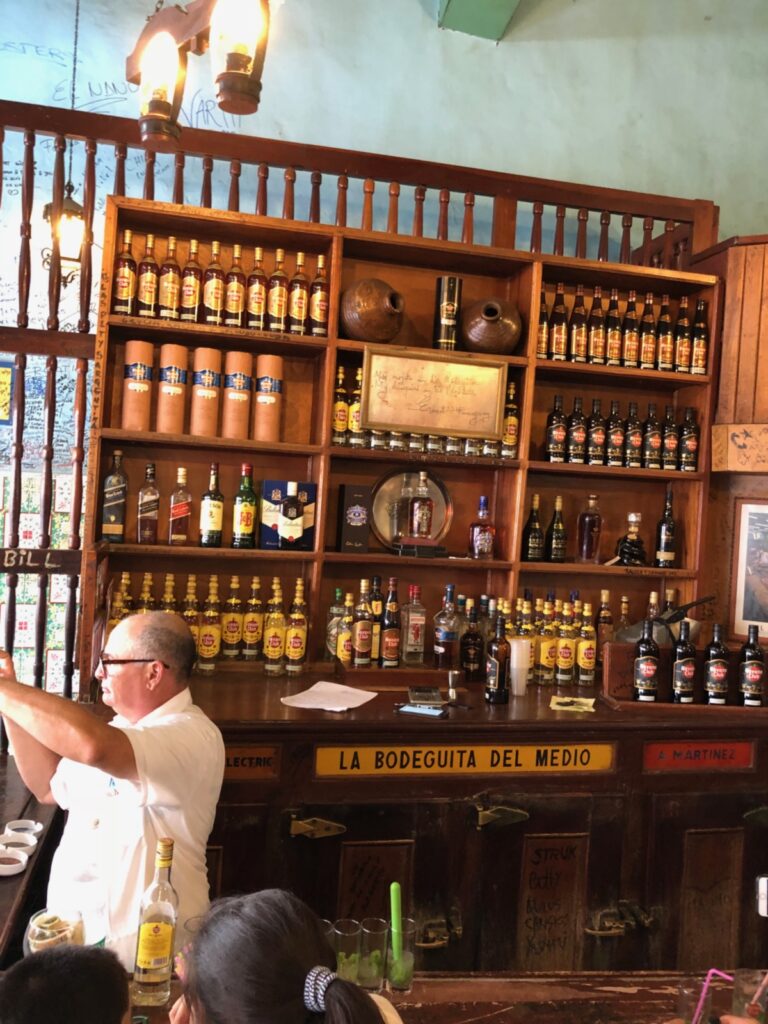
Walking through Old Havana, I marvelled at the street life and everyday interactions in the core of the original city confined within massive stone walls behind the Malecon seawall. Its maze of narrow streets contains an amazing collection of Baroque, Neoclassical and Late Spanish Colonial architecture. Unfortunately many buildings have fallen into ruin. But the ones that have been restored, housing boutique hotels, cafes, restaurants and shops, are glorious.
Even better is the lively spirit of this area at night when the throngs of tourists and horse drawn buggies have departed and the cooler night air brings out families and friends and social gatherings sway to the musical beats of Afro-Cuban baobab, rhumba and salsa. Not to mention the aromatic scent of cigars perfuming the evening.
I met with my friend Alessandra Quaglia, of Provence Marinaside Restaurant in Vancouver. As a competitive dancer, she first came to Havana a decade ago attending the International Salsa Festival. Three years ago she decided to stay and planned to establish a salsa bar, which opened this past year. Called Bar Salsa Habana, this intimate club offers music with a DJ for dancers, as well as a small tapas menu and a reasonably priced cocktail list.
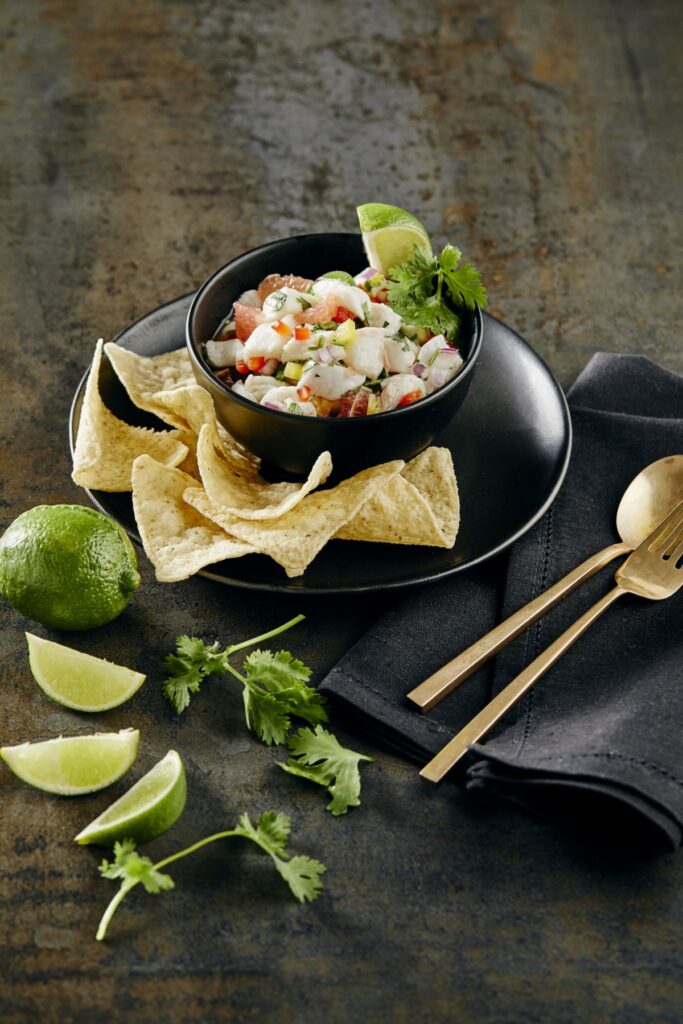
We discussed some of the hardships of living in Cuba. Food distribution was particularly difficult after 2017’s Hurricane Irma, Alessandra explained. Basic staples such as eggs and even simple vegetables like broccoli took months to return to grocery shelves. Basic groceries are normally available, she said, but if you see anything you want (such as cauliflower or chocolate), you should grab it at once as you’re never sure if you’ll be able to find it again. But my friend has a genuine love for the Cuban people and their slowly emerging country. She has nothing but praise and deep admiration for the Cubans’ strong character and resilience, and the physical beauty that results from their rich melting pot history.
For the standard (or more often sub-standard) mojito or daiquiri, most visitors head to the touristy bars that Hemingway supposedly frequented in the 1940s, La Bodequita del Media and El Floridita. Instead, Alessandra took me to El del Frente, a popular bar with wildly colourful 1950s outdoor furniture. It has a modest and fairly inexpensive menu running from starters such as empanadillas, croquettes and ceviches, to pastas and entrees of schnitzel, grilled chicken and steak… and superb hand-crafted cocktails.
Another restaurant with a local feel is the busy El Aljibe, famed for the house specialty of marinated grilled chicken that attracted such customers as actor Jack Nicholson and former president Jimmy Carter. The original restaurant opened in 1947 and closed shortly after the Revolution. The palapa-roofed new incarnation that opened in 1993 has once again become a signature restaurant in Havana.
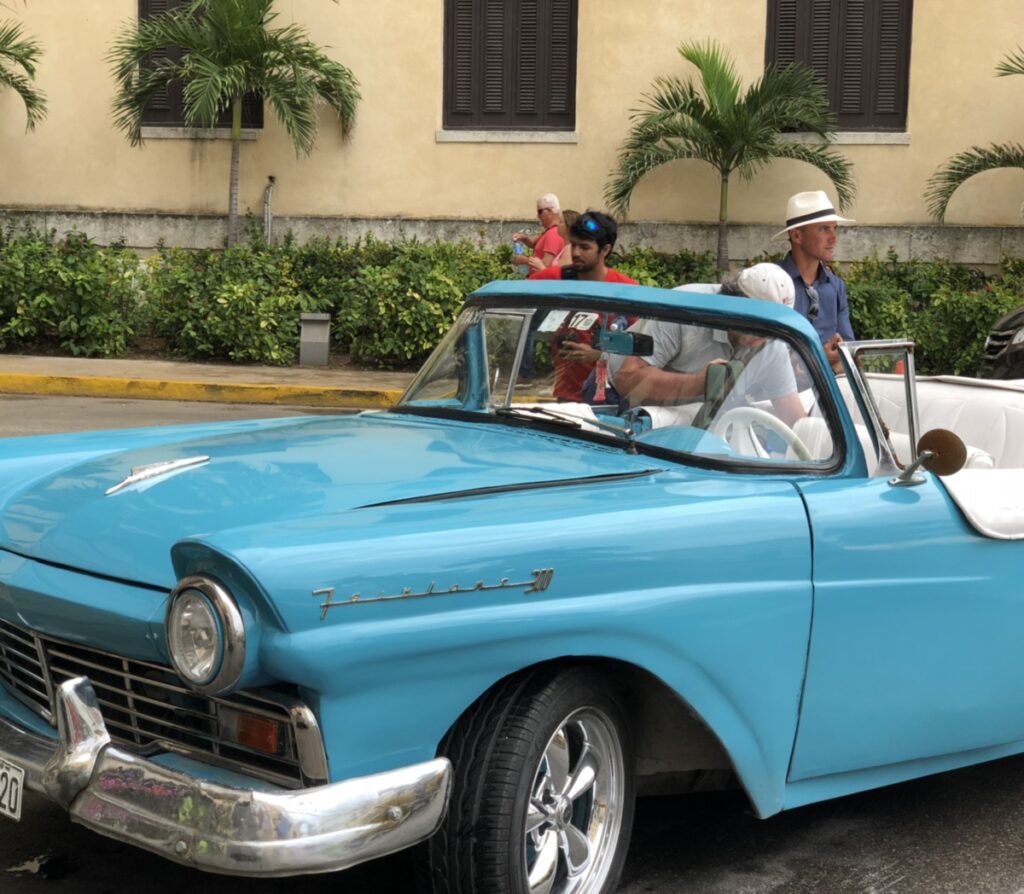
To experience a true countryside atmosphere, head out of the city to a couple of fincas, agricultural estates that have farmhouse or cottage restaurants. Opening the fincas to tourism over the last decade is a government project promoting private businesses.
On the outskirts of Havana is Il Divino, located close to Hemingway’s Finca Vigia. A visit to both locales makes a great afternoon trip out of the busy city. Il Divino estate houses a large Mediterranean-style villa with a nicely decorated terrace and alfresco dining areas or ranchons, as well as an impeccably maintained botanical garden. Its specialty is wood and charcoal cooking, which dates back to the African slave days, when the estate was first formed. Pork, marinated in sour orange, salt, cumin and pepper, is naturally smoked with red mangrove that gives it a unique aroma.
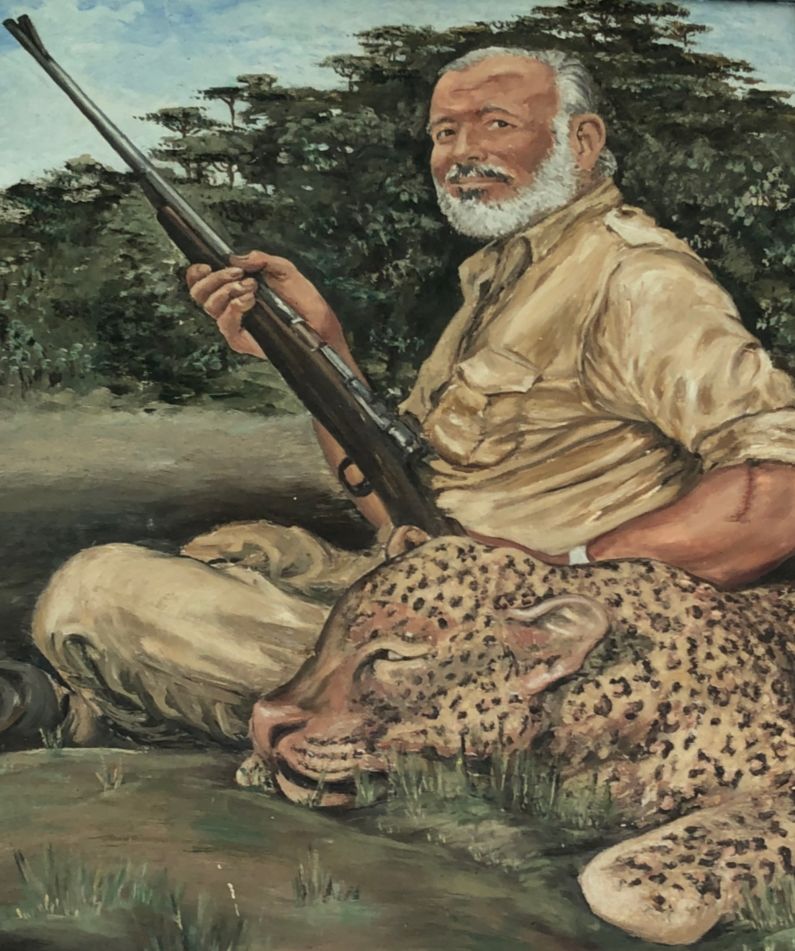
A more rustic and provincial atmosphere is found at Finca Coincidencia, located on the Carretera Central towards Varadero. This communal eco-farm has orchards of mango and guava trees, sustainable gardens that supply an on-site restaurant, and a small ceramics workshop where you can participate in classes or purchase wares. This is truly a farm-to table operation where you’ll find simple and satisfying home-style dishes, showcasing the best from the gardens. The menus vary depending what has been harvested in season.
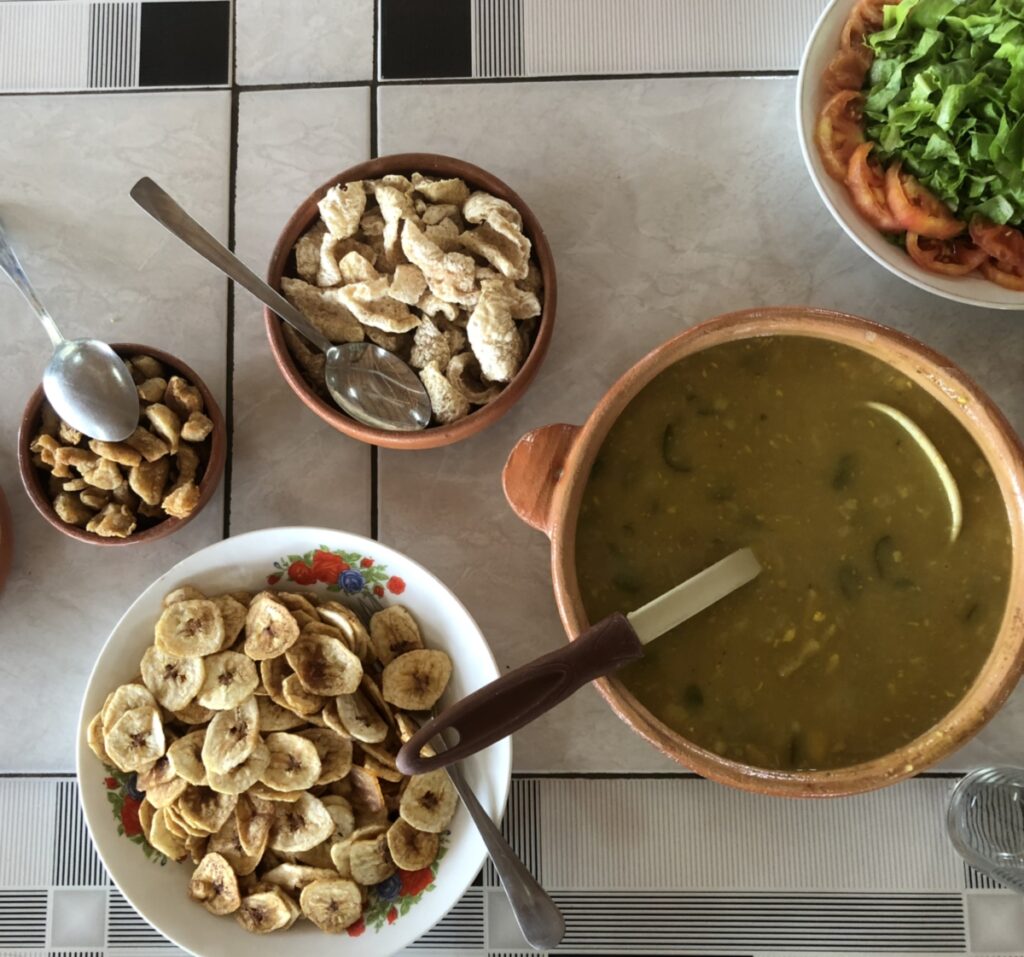
Although the US government’s travel and investment policies towards Cuba have changed since the Obama administration, it was pleasant not to see the kind of American enterprises — such as fast food restaurants and coffee shops — that have taken over in countries such as China and Vietnam. Cuba does need economic assistance, but I was impressed to see that the growth of private enterprise is happening slowly. Viva Cuba!
Renowned Canadian chef, food stylist, writer and broadcaster Nathan Fong passed away on 30 March, 2020. Ed.


